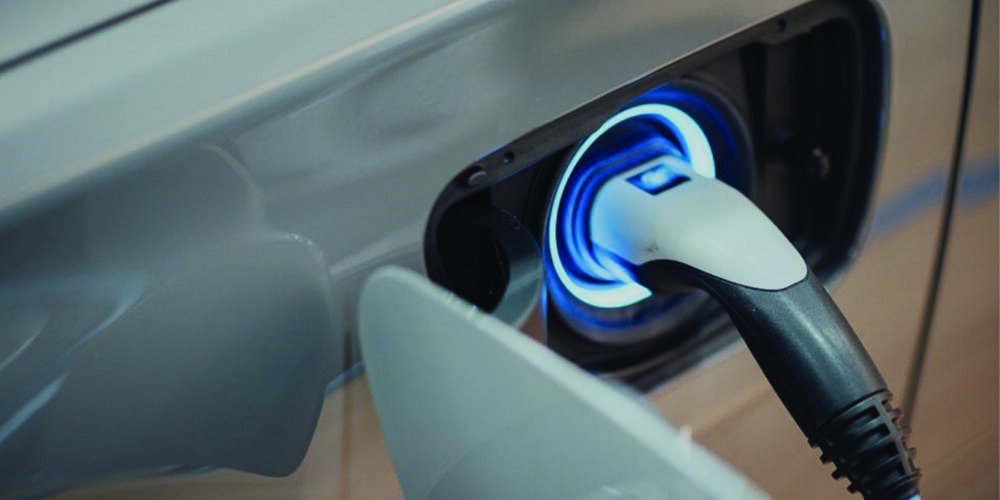In June, a survey sponsored by CarMD.com Corp. and conducted by Harris Interactive, showed that 10% of U.S. drivers who drive a car, light truck, SUV or minivan model year 1981 to present are currently driving with their “Check Engine” light on.
Add to the fact that there are about 240 million cars and light trucks on U.S. roads — meaning nearly 24 million vehicles are in need of some type of engine service. (Note: Cars still make up the most of the light vehicles on the roads, accounting for about 56% of the passenger car and light duty truck mix.) Surprisingly, the Harris Interactive survey noted that half of the drivers who drive with their “Check Engine” light or malfunction indicator light (MIL) on have been doing it for more than three months — driving, in effect, oblivious to potential problems indicated by such warning lights.
“This study corroborates other industry reports that we have seen over the years, including those conducted by AutoZone and AAA,” said Kristin Brocoff, marketing manager for CarMD.com Corp. “With concerns about the environment and rising gas prices at all-time highs, it is a real cause for concern that so many drivers today ignore their vehicle’s ‘Check Engine’ light.”
The question is, why are vehicle owners ignoring their vehicle’s needs? Cost, denial and lack of time are some of the main reasons cited by survey respondents. More than one-third said that they hadn’t had their engine inspected because their car seemed to be running fine. Another one-tenth said they didn’t believe there was a serious problem.
“It’s quite alarming that fully half (50%) of the respondents who were driving with their ‘Check Engine’ light on said their ‘Check Engine’ light had been on for more than three months,” Brocoff said. “That indicates that a substantial number of people aren’t as aware as they should be that their car may need immediate attention, or that they should take the time to ensure the safety and well-being of their vehicle.”
“It is disturbing to see these numbers,” said Keith Andreasen, ASE double master technician and director of technical services for CarMD.com.
“The U.S. government put the on-board diagnostic system in place to require vehicle manufacturers to alert drivers when their vehicle was emitting too many emissions or had a problem. This light can signify something potentially costly and possibly dangerous to the passengers or others on the road. It’s important that drivers treat it seriously.”
Those who do take the issue seriously found other reasons not to visit a shop.
Time was noted as a factor, with 11% of respondents saying they “haven’t had time” and 7% “waiting for an appointment with a mechanic” as reasons for not having their vehicle checked. One 31-year-old female who was surveyed said, “I know the light is on from an emissions leak. It’s not impacting the way the car drives, and it will be time consuming to trace the leak and repair. There is never a good time to spend hours at a repair shop.” The best news from this survey for shop owners is that “Finding a mechanic or dealership I can trust” was also a reason that drivers ignore their engine problems. Of those driving with illuminated MILs, 8% said they are “not sure where to go to have it checked” and another 7% said, “I don’t have a mechanic I can trust.”
This should create a “light bulb” over your head. Now is the time to display posters in your shop’s lobby or in the building’s windows advertising that you can provide “Check Engine” services. Let potential (and current) customers know that your shop can service MIL issues for them when they come in for other repairs or services like oil changes or tire purchases.
Provide literature to your customers when they pick up their serviced vehicle about their MIL and why they may be losing precious fuel mileage if it becomes lit down the road.
Educating your customers will go a long way in improving the life of their vehicle, reducing emissions released in the air, and dispelling incorrect customer presumptions that their MIL is on “only because of a loose gas cap.”
Edward Sunkin has been the editor of Underhood Service since April of 1999. He has been a member of the Babcox family of automotive aftermarket publications beginning in December 1994, when he joined the jobber/parts specialist magazine Counterman as an associate editor. Sunkin also spent three years as managing editor Engine Builder, learning about the engine and small parts rebuilding and remanufacturing industry.
Besides Underhood Service, Sunkin also serves as the editor of Tomorrow’s Technician, an automotive-related trade magazine delivered to more than 50,000 students enrolled in NATEF-affiliated schools.













